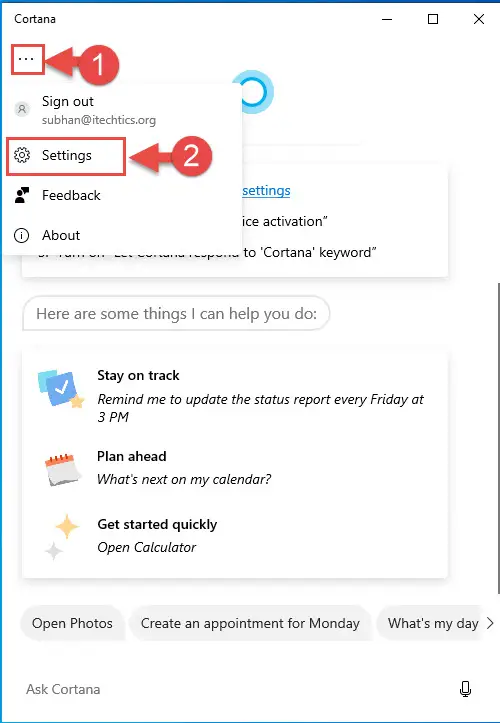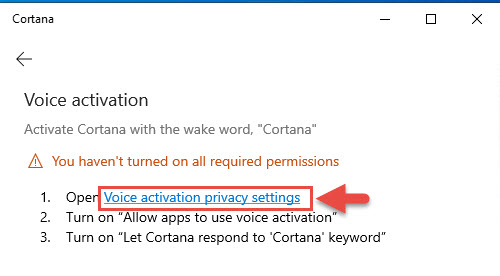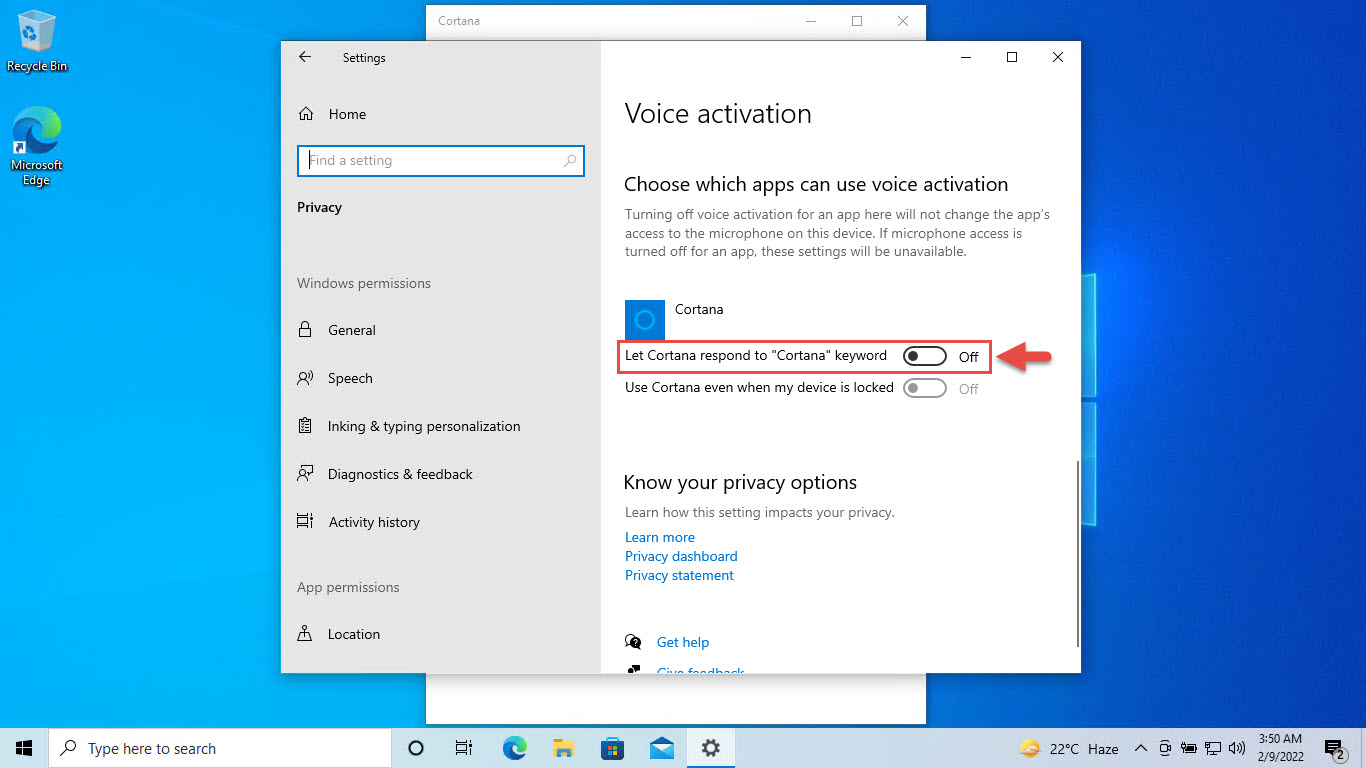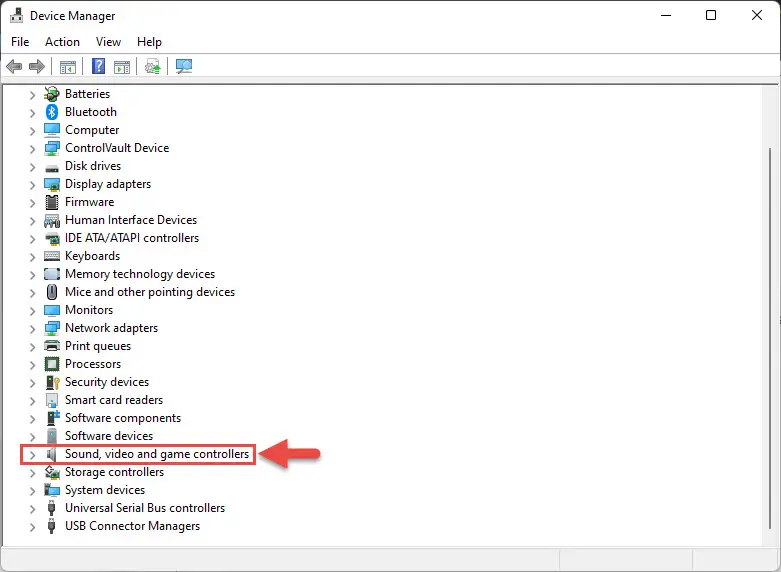If you are experiencing a lag in mouse movements and clicks, then this post is for you. Mouse lag refers to the delay between performing an action on your mouse and the time it takes to occur on your screen. This can be experienced in both the movement of the mouse pointer or in its clicking action.
For either a wired or a wireless mouse, there is no definitive cause for the lag issue you may experience on Windows computers, since there can be multiple reasons. A lagging mouse can become extremely annoying, especially when you are gaming, performing a time-critical task, or having to click multiple times, but the computer just won’t register the click the first time.
Today we are going about the potential causes of a lagging mouse and how you can fix them.
Table of Contents
Causes of Mouse Lag
After thorough research, we compiled the following list of potential causes for a mouse to lag. While some causes may seem absurd, users have reported on several occasions that their mouse is lagging, and even replacing it with a new one has not helped. However, performing the solutions for the said causes has helped them with the mouse lagging issue.
A mouse can lag due to any of the following reasons:
- Depleting batteries in a wireless mouse.
- Faulty driver.
- Misconfiguration of mouse settings.
- A dirty IR sensor on the mouse.
- Unsupported/faulty USB port.
- Microsoft Cortana causes the mouse to lag.
- Mouse lag is caused by a High Definition Audio Device.
- Windows Fast Startup is causing the mouse to lag.
- The polling frequency of the mouse is too high for Windows to handle.
- Some radiofrequency interference is causing the wireless communication between mouse and computer to drop.
- Mouse trails are affecting the response speed of the mouse.
Let’s now move on to how you can fix the mouse lagging issue in Windows.
How to Resolve Mouse Lagging Issues in Windows
Replace Mouse Batteries
The most common reason for a lagging wireless mouse is its depleting batteries. Since the mouse still tries to use any juice remaining in the existing batteries, it tends to register some actions, such as movements and clicks, while unable to transmit the other signals. This causes a lagging effect.
Therefore, we suggest you begin the troubleshooting process by changing the mouse battery if you are using a wireless one.
Change USB Port
All modern mice are either wireless with a 2.4 GHz connector or use Bluetooth, or come with a wire with a USB Type-A connector. It may be possible that if your mouse is connected via a USB connector, the port on the computer may be faulty or simply incompatible.
For example, a mouse’s USB connector may only support USB 2.0, but is plugged into a USB 3.0 port. In this case, we suggest you try to change the port on your device and see if it will solve the problem.
Clean Mouse Sensor
Modern mice use an infrared (IR) sensor to detect movements found at the bottom side of it. If you are experiencing a lag in the movement of the pointer on the screen, a potential cause could be a dirty IR sensor.
Dust and other buildups on the sensor can cause the detection of the movement to weaken, causing a lagging effect in its movement.
If you observe any anomalies on the sensor, try cleaning it before proceeding to the remaining troubleshooting steps, provided the issue is not resolved after cleaning it.
Reinstall/Update Driver
One of the causes of a lag in mouse clicks or movements could be an outdated or faulty driver. This can be fixed by reinstalling or updating the mouse driver.
We recommend you download the latest driver available from the manufacturer’s website and then manually install it using this guide. If you are already on the latest available driver, try reinstalling it using this guide.
If you have just upgraded your mouse driver and noticed that the issue came after the update, you can also try rolling it back to the previous version.
Reduce Mouse Polling Rate
Polling rates are measured in Hertz (Hz) which defines how fast your mouse communicates its position to the computer. For example, a mouse with a polling rate of 125 Hz will communicate its position 125 times in a second to the computer.
Most gaming mice and high-end mice come with support for very high polling rates. However, users have reported that Windows 11 causes a mouse with a polling rate higher than 500 Hz to stutter.
If you are using a mouse with a higher polling rate, we suggest that you bring it down to fix the lagging issue.
Most high-end mice often come with their own supported software to manage them. Such software often has the option to control the polling rate, using which you can drop yours.
Once the new configuration has been made, check to see if the issue persists.
Disable Cortana
Disabling Cortana, the voice assistant for Windows 10 and 11, may be an unusual solution, but users have reported that disabling it has fixed the issue of a lagging mouse.
Perform the following steps for disabling Cortana:
- Open the Cortana app, click on the ellipses (3 dots) in the top-left corner, and then click Settings.

- Now click Keyboard shortcut.
- Here, toggle the slider in front of the “Keyboard shortcut” to the Off position.

- Now go back to the screen and click Voice activation.
- Here, click “Voice activation privacy settings.”

- The Windows Settings app will now open. Scroll down and toggle the slider in front of “Let Cortana respond to “Cortana” keyword” into the Off position.

- Reboot the computer.
Once the computer restarts, check to see if your problem has been resolved.
Disable High Definition Audio Devices
Users have also reported that disabling any High Definition Audio Devices on a computer has worked in resolving the lagging issue of a mouse. You can try it out if you have a High Definition Audio Device and check if it resolves the problem.
Here’s how to disable it:
- Open the Device Manager by typing in devmgmt.msc in Run.

- Expand to “Sound, video and game controllers.”

- Right-click on “High Definition Audio Device” and then click Disable from the context menu.
Disable Fast Startup
Fast Startup is a feature that controls the behavior of Windows shutdown and startup processes. Fast Startup enables the OS to reload the necessary components while keeping others in the memory, resulting in faster boot times. However, this often impacts the performance of the mouse and may cause it to lag occasionally.
Here’s how to disable the feature in Windows:
- Open Power Options by typing in powercfg.cpl in Run.

- Now click Choose what power buttons do from the left of the window.

- Now click Change settings that are currently unavailable.

- Next, uncheck the box next to Turn on fast startup (recommended) and then click Save changes.

- Reboot the computer.
Once the computer restarts, check if your mouse is still lagging.
Reduce RF Interference
Radiofrequency (RF) interference is a phenomenon caused by all electrical gadgets around you. Electrical charges flowing in one direction create an invisible field around the medium it flows through, which in turn causes interference with the wireless signals flowing through that area.
If you are experiencing lag with your wireless mouse, it may be possible that other electrical components, including the computer itself, are causing RF interference. Hence, your mouse may not be able to communicate with the device properly.
We found a solution to this problem in this forum post where the user simply placed the mouse’s receiver a bit further from the device using a high-grade USB extension cord, which seemed to have worked for him.
You can also apply the same and check if it resolves the problem.
Repair Windows
Another possible cause of mouse stuttering is the corruption of the associated Windows files. Corrupted files do not function as they should, resulting in miscellaneous errors in the Windows operating system. You can thus try repairing your operating system using the built-in tools.
Once all the scans and fixes are applied, restart the computer and check if the issue persists.
Closing Words
A lagging and stuttering mouse can be irritating, to the point where you may just want to throw it to the wall. However, the problem can be fixed in a jiffy using the given methods above.
However, if none of these solutions have worked for you, you can also rule out whether your mouse is faulty or not. Simply connect the mouse to another computer and check if it lags there too. If it does, then most likely there is a fault with your mouse and it needs to be replaced.
